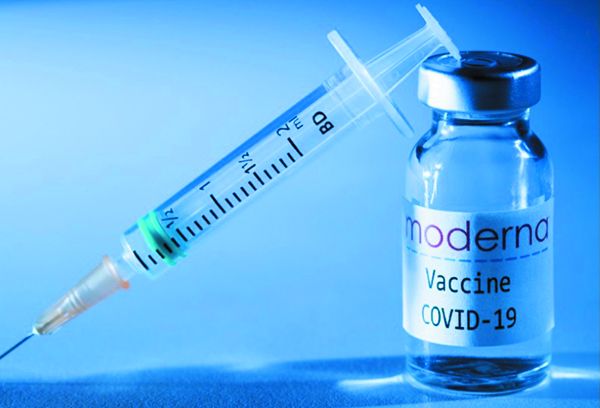Not surprisingly, the FAA has issued specific guidance for airman (and air traffic control specialists) who plan to get any of the available COVID-19 vaccines.
According to a release issued by the federal air surgeon (via the FAA’s Office of Aerospace medicine), FAA medical certificate holders may not act as pilot in command, or in any other capacity as a required crewmember, for 48 hours after each dose of the Pfizer-BioNTech, Moderna and Johnson & Johnson vaccines. It’s really common-sense stuff, and the side effects from these vaccines could sideline you anyway, but the guidance to stay on the ground for a bit seems logical, especially since you might experience fatigue, fever and body aches—symptoms that might keep you on the ground anyway.
If you experience side effects after the 48-hour period, the guidance says to stay out of the air. The guidance is based on—it’s worth a look—FAR part 61.53, which outlines prohibition on flight ops during medical deficiencies.
It says in part that no person who holds a medical certificate issued under Part 67 may act as pilot in command while that person is taking medication or receiving other treatment for a medical condition that results in the person being unable to meet the requirements for the medical certificate necessary for the pilot operation.
If you fly an LSA and operate it with a U.S. driver’s license instead of with an FAA medical certificate, the guidance still applies to you, as outlined in section (b) of 61.53. It says the for operations that do not require a medical certificate, a person shall not act as pilot in command while that person knows or has any reason to know of any medical condition that would make the person unable to operate the aircraft in a safe manner.
Just use common sense, and think post-crash. Maybe you get the vaccine and the next day you decide to go practice takeoffs and landings in your taildragger. On that last landing you groundloop into the weeds and take out a fence—or worse. An insurance underwriter could deny a claim because you weren’t complying with FAA regulations, and specifically Part 61.53.
The FAA has been issuing COVID-19 related statements, guidance and updates on its website (www.faa.gov) and across all of its social media channels, so keep tabs on it.


